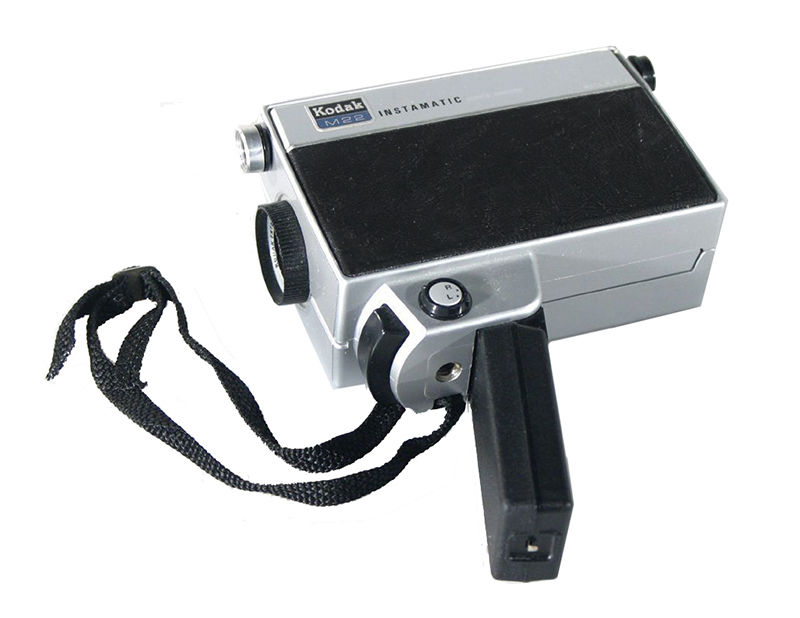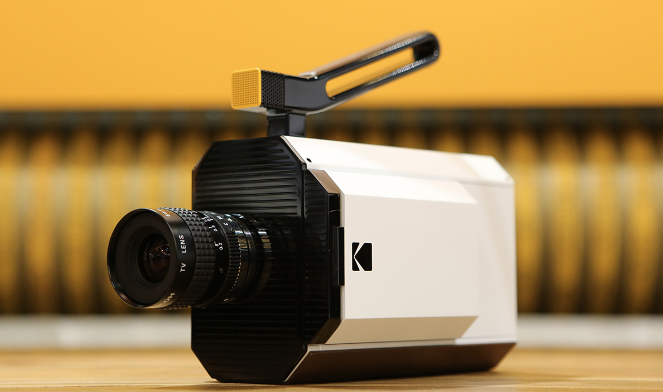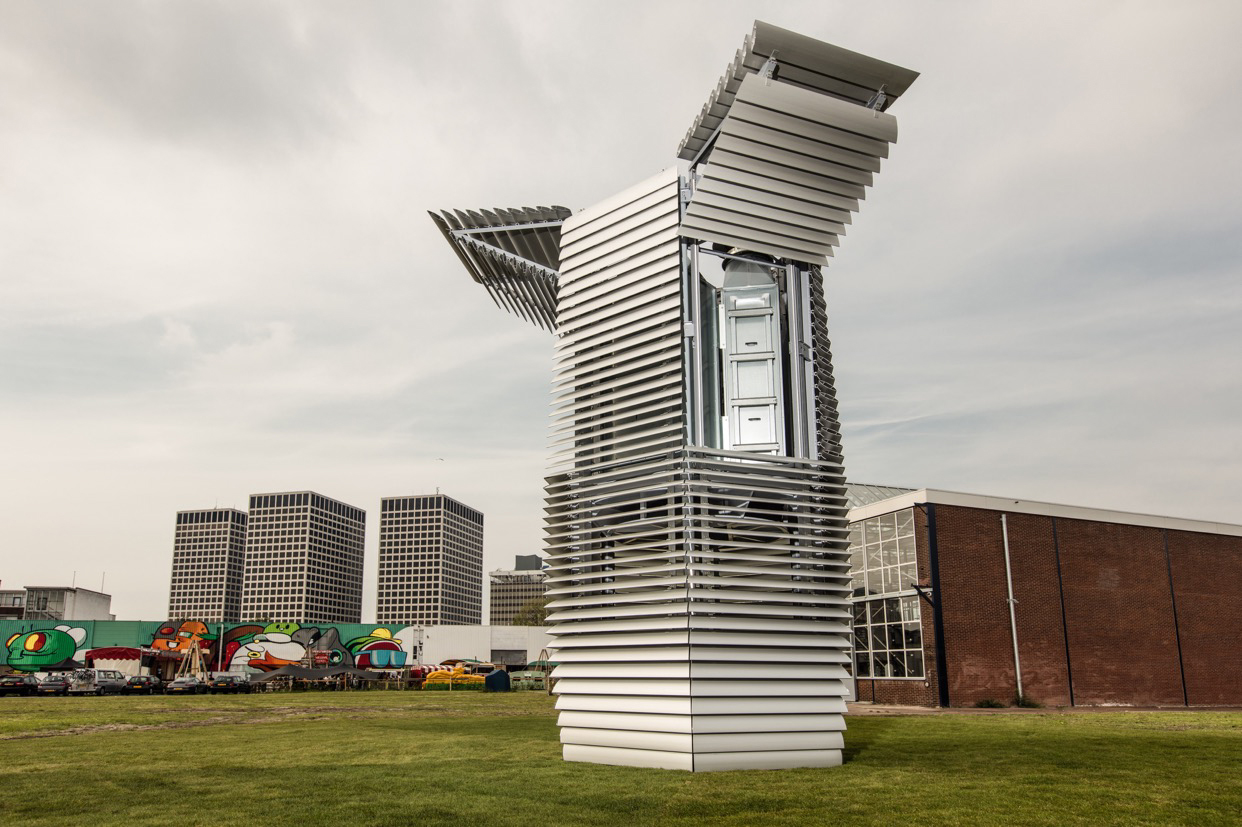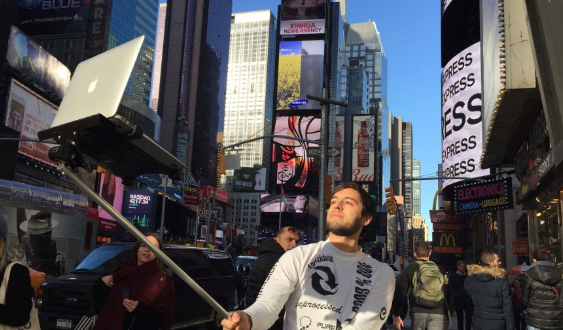Kodak’s new Super-8 camera is opening doors for filmmakers and represents the latest entry in a retro-format marketplace.
The media landscape is rapidly changing. New technology, new effects, and new ideas are changing how we produce and consume media. Underneath, digital technology drives all of it. From mp3s to YouTube videos, digital continues to be the foundation behind our media ecosystem.
But now, there is a growing movement to rediscover the romance and the aesthetic of working in real film, both for photography and filmography.
Last week at the Consumer Electronic Show, Kodak unveiled a new camera that is the tool for filmmakers who want to recapture a look and feel that has been lost in the digital age.
The move by Kodak seems at least partially inspired by the use of real film as a medium for fine artists and fine art photographers. Many say that film provides a superior picture quality to digital photos, and as a result darkrooms are still developing some of the very best photographic art.
Just like paint or clay, true film photography has been embraced by fine art photographers. Fine art photographers like Clyde Butcher and English visual artist Tacita Dean have made traditional film their canvas, capturing a subtle beauty that has been lost in a digital age.
“Film-based photography is a gorgeous, sensual mode of picture-making that I have always found both technically and visually superior to the digital image.”
— Georgio Fati, Photographer

Years ago, Super-8 was as revolutionary in its own time as camera phones were when they became widespread. Kodak launched Super 8 back in 1965 at the World’s Fair as a replacement to the bulkier and less user-friendly standard 8 mm film. It gave most everyone a way to become a filmmaker in their own right, whether for just a family gathering or for more creative works.
“When you’re filming something on film you aren’t recording movement, you’re taking a series of still pictures and when shown at 24 frames per second through a lightbulb, THAT creates the illusion of movement”
— Academy Award Winner® Quentin Tarantino

The aesthetic of shooing on real film is something that is familiar for audiophiles. Ever since the advent of the cassette tape, many music lovers have insisted on the sound of music pressed on vinyl. Many current artists have recognized this trend, and are now releasing their albums on vinyl.
 Interestingly, there is also a movement among younger music buffs to reinvigorate the cassette tape as a medium. Before digital, it was the preferred way to exchange music because of its unmatched portability.
Interestingly, there is also a movement among younger music buffs to reinvigorate the cassette tape as a medium. Before digital, it was the preferred way to exchange music because of its unmatched portability.
But the film aesthetic is not enough to revive the format. Kodak knows that building around the Super 8 platform is crucial to the success of the revival. Kodak is introducing several cameras, film developing services, and editing and production tools to round out a complete ecosystem. The camera itself draws on design influenced from the original Super 8 camera that was released 50 years ago.
With filmmakers like Tarantino, “Star Wars: The Force Awakens” director J.J. Abrams, and Academy Award Nominee® Christopher Nolan still praising the aesthetic offered by analog film, more and more young filmmakers are assimilating analog into their creative works.




